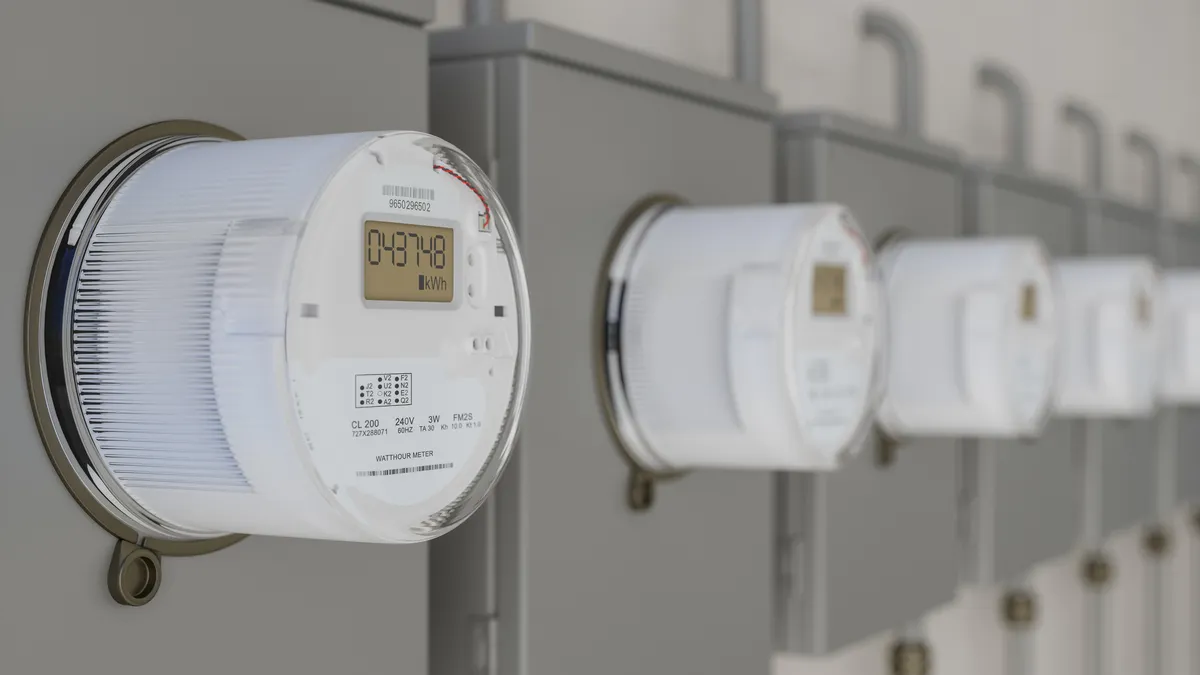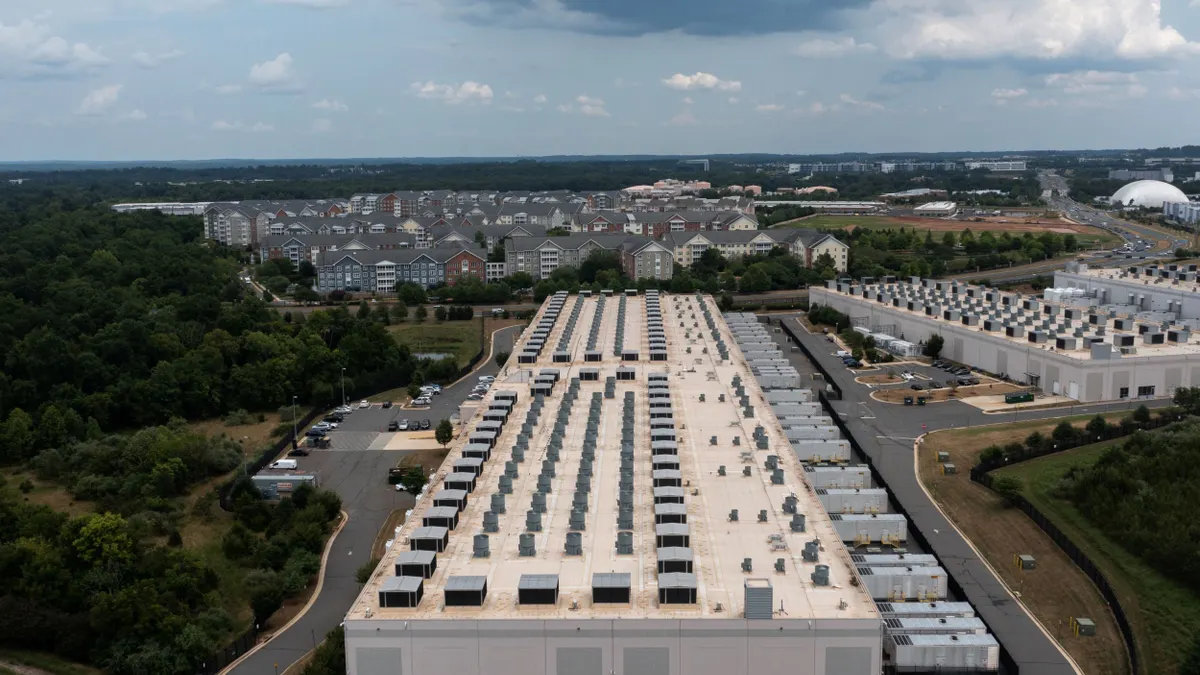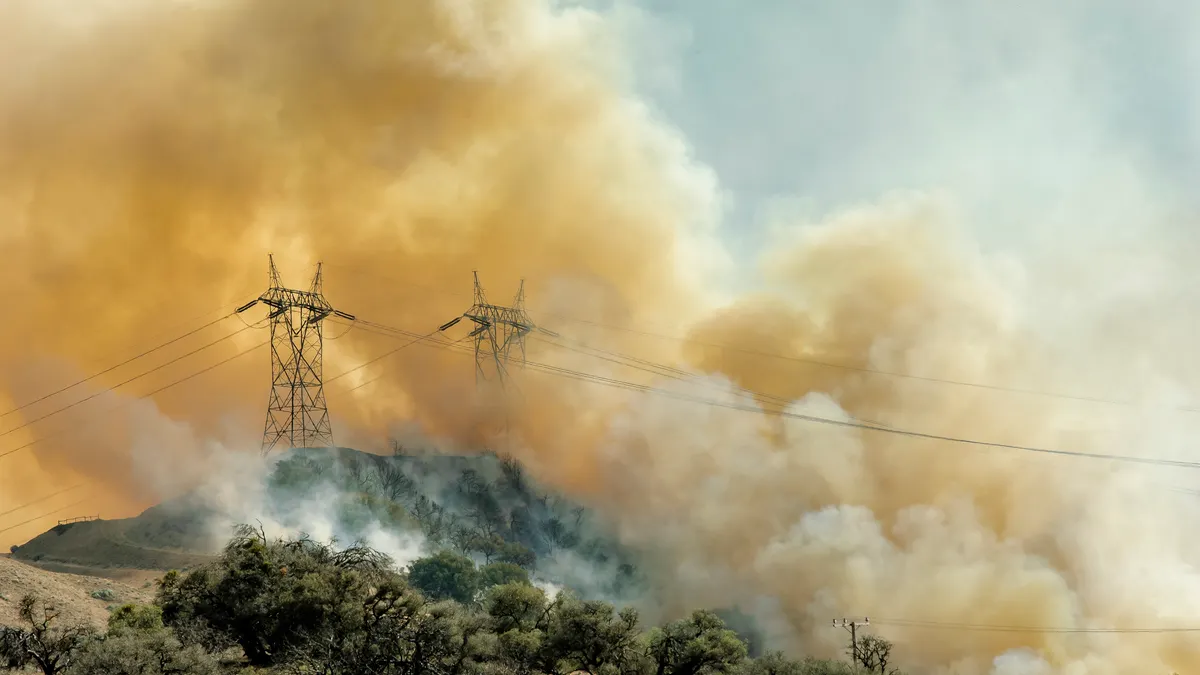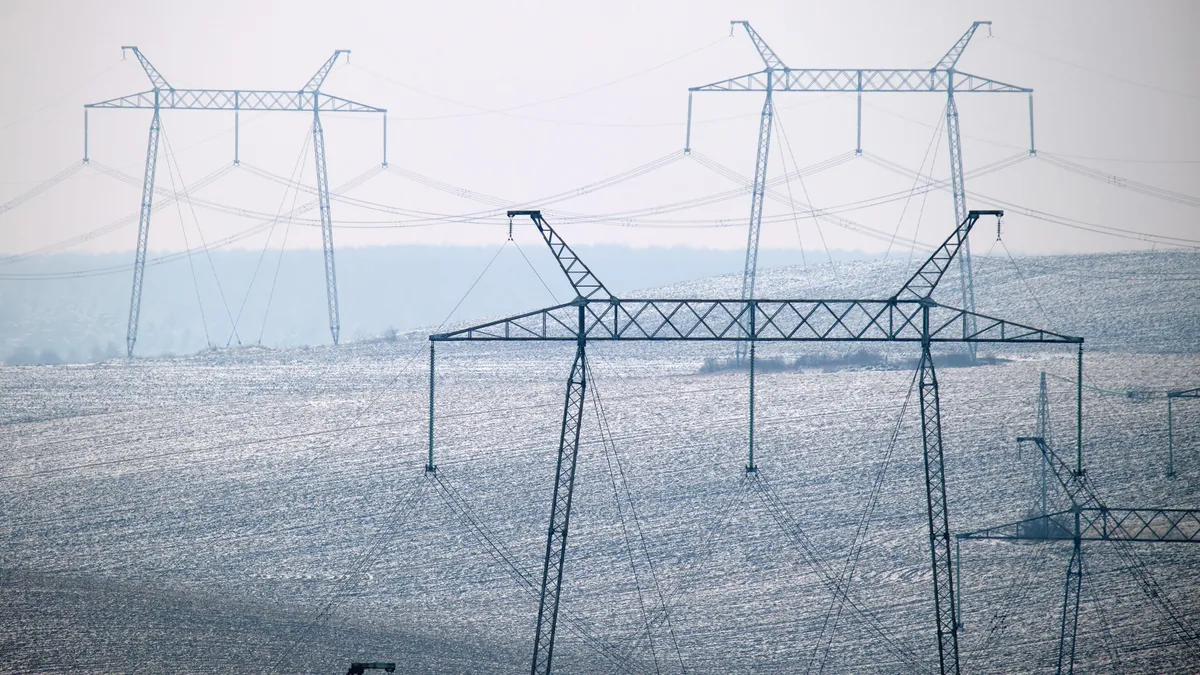In 2015, Austin Energy residential customers had the second lowest energy bills of any utility in Texas. But the utility spends less time comparing itself to other power providers, says Vice President of Customer Energy Solutions Deborah Kimberly, and instead looks to a broader range of offerings and products to judge how it's doing.
“We're comparing ourselves not necessarily to other utilities, but other service providers,” said Kimberly. The municipally-owned utility is focused on customer value, but in an anticipatory way, she said: “What will they value in the future? You have to be really thoughtful of what there needs are now and what they will be.”
The city of Austin is widely known as a progressive bastion in Texas, and the city's utility has enacted energy policies to match. Utility officials are focused on boosting renewables, adding storage, giving customers more control, supporting distributed generation and electric vehicles, and managing demand. They are working at creating a holistic view of their customers, harnessing data to better market programs and understand preferences, and tweaking offerings based on the responses they get.
The utility has about 460,000 customers, and Austin Energy created a program that gives a 360-view of each one based on a range of data and communication. “When someone calls in, we have a program we kind of developed in-house that gives us a pretty good sense of what that customer really prefers, and it creates a much more personal relationship with our customers.”
“They're not meters, or ratepayers," Kimberly said. "They're customers."
That customer-centered approach has changed the utility industry over the last decade, as power providers have worked to shift from monolithic services people rarely communicated with, into resources to help customers lower bills and buy energy how they want. Austin offers all-green options, rebates on electric vehicle charging, bring your own thermostat programs, support for solar installations and other programs that mirror grid-edge ideas around the country.
Solar
Kimberly described Austin Energy's solar energy targets as "very aggressive," targeting almost 1 GW by 2025.
The utility is working to install 750 MW of utility-scale solar, including community solar. Righty now it has 600 MW online and is working to install another 150 MW.
Austin is also looking to have 200 MW of distributed generation on its system, either utility scale or customer-sited. So far the utility has about 6,000 solar customers, giving it 30 MW of utility-scale generation and another 46 MW of distributed solar.
"Last year we had a record year, and added more than 10 MW of distributed solar," said Kimberly. "We're seeing pretty explosive growth."
But Austin has two things which are not ideal for rooftop solar: trees and renters. That has led the utility to look to universal projects and creative ways to serve customers.
"We're looking at doing more community solar and we've had some commercial customers say they might be interested in hosting. That would be a great way to partner with our customers and co-brand an offering," said Kimberly. "I think there's a great opportunity with some of our commercial customers, especially if they would like to provide roof space."
It's a simple enough idea. Not long ago, Austin Energy subscribed customers to a 180 kW solar system on the rooftop of the Palmer Events Center, selling it out in a matter of weeks and with little marketing. Austin Energy owns that system, but the idea remains the same: "That's one of my dreams: to be able to collaborate with a customer and provide community solar offerings," said Kimberly.
The quick sell of community solar subscriptions reflects Austin's progressive nature. At $0.0427/kWh, the utility's Community Solar Adjustment will add an extra $10 to $19 to the average subscriber’s monthly energy bill. The utility says other community projects are coming online soon, as well: energy generated at the Kingsbery Community Solar Project should be available in June 2017.
“We're seeing pretty explosive growth given the declining cost of solar and the support we provide to that technology," said Kimberly. Most recently that growth has been focused on commercial customers, and the utility is in the process of analyzing its distribution feeders to see how and where more can solar can be added.
Starting next year, Austin Energy will partner with the Electric Power Research Institute to accelerate its feeder analysis, "so we can be really intentional in how we work with customers," said Kimberly.
Storage
A pair of grants from the state and federal government are helping Austin Energy develop a pilot storage+solar project: Austin SHINES (Sustainable and Holistic Integration of Energy Storage and Solar Photovoltaics).
Backed by $1 million from the Texas Commission on Environmental Quality and $4.3 million from the U.S. Department of Energy SunShot Initiative, the utility is developing a platform to enable and promote integrated distributed energy resources.
The project will add 1.5 MW of battery storage at the 2.3 MW Kingsbury project, where the utility also has a substation located. The Austin SHINES aims to demonstrate a pathway to a levelized cost of energy of $0.14/kWh for solar energy when augmented by storage and other distributed energy resource management systems, that could be replicated anywhere.
The utility is also installing battery storage at the Mueller community, a progressive mixed-use development with a high concentration of solar and electric vehicle charging. "We're putting in distributed storage both for residential customers—we're testing Powerwalls—as well as larger storage that will connect to both commercial and residential installations," Kimberly said.
Electric Vehicles
Speaking of electric vehicles, Austin is typically a top-10 city when it comes to support for EVs, and the utility has rolled out about 350 charging ports in its service territory to provide community support for public charging. Customers can purchase a "plug-in everywhere card" for about $4/month, allowing them unlimited charging anywhere in the city.
Another selling point on those public stations: they are powered by wind.
"I'm a real fan of marketing to customers in a way that resonates and creates stickiness," said Kimberly. "In the case of our charging stations, we say those cars that plug into our plug-in everywhere network run on wind."
The utility also provides an incentive for Level 2 charging systems to be deployed into customer homes, picking up about half of that cost. And it has installed charging stations at multi-family residences, which was positively received by the city's renting community.
"We have very strong support from City Council," which oversees the utility, said Kimberly. The city recently set a goal of electrifying more than 300 fleet vehicles, and Austin has also been considering electric buses.
One thing Austin is not exploring just yet is the possibility of vehicle-to-grid services. Though that may eventually come down the line for now there are concerns about voiding the warranty on batteries.
The utility also has dozens of people on a wait list for a rate pilot that incentivizes customers to charge off peak. "It's great to be able to work for a utility like Austin Energy, in a community so engaged and committed to sustainability," said Kimberly.
Demand response
Last year, the city updated building codes to require all new homes be built with smart thermostats included. It's a significant regulation that saw little pushback, said Kimberly, because the devices are so popular that home builders were already including them. But it will help the utility boost the number of connected homes on its system, particularly as it transitions away from older legacy systems.
"For a number of years we had a free thermostat program and at its peak we had 90,000 one-way communicating thermostats we used to lower our peak load by cycling HVAC units," said Kimberly. The utility program would call on those resources no more than 15 times during the region's four-moth summer period.
“But they only communicate one way, and over time those thermostats went away as customers installed new HVAC units," she said.
Austin Energy now estimates there are about 60,000 of these legacy one-way systems online: It occasionally executes an "all-drop event" where it cycles all of the air conditioners and estimates how much load has been reduced. Because the thermostats only communicate one way, this is the only way the utility can estimate how many are still connected.
About three years ago, however, Austin launched a Bring Your Own Thermostat program and has now expanded it to accommodate about 20 models. "In this day and age, it's all about choice," said Kimberly.
Now, Austin has about 13,000 connected two-way thermostats. But a much larger number, somewhere between 30,000 and 40,000 smart thermostats, are estimated to be installed but not connected—another reason the utility is working so hard to communicate offerings to customers.
The program is inexpensive to run and Austin has a goal of being able to reduce load 4.5 MW through its program. So far, it's at about 1.3 MW, said Kimberly, but possibly more important than the energy is the savings in transmission and distribution costs, which can soar during peak times.
Back to the Customer
Beyond the more high-profile capital improvements, Austin Energy is taking on a lot of work behind the scenes: transmission and distribution automation, Volt/VAR, asset optimization, and targeting preventative maintenance.
It is also looking to roll out an outage communication system by this summer that will enable customers to access more real-time restoration information on mobile devices.
City Council approved new rates for Austin Energy last year, lowering base rates by $42.5 million, with $5 million going towards residential customers and the rest to commercial customers. The decision also dedicated an additional $2 million in energy efficiency benefits and free high bill audits to residential and small commercial customers. Over time, Austin's work on efficiency has helped it reduce consumption by residential customers.
"I've worked in the utility business for about 35 years and it's great to work for a utility that, while we are traditional in terms of being vertically-integrated and municipally-owned, really doesn't stop looking for how we can improve," said Kimberly. "We think about every aspect of what we do through the lens of our customers."




















